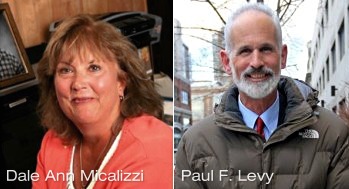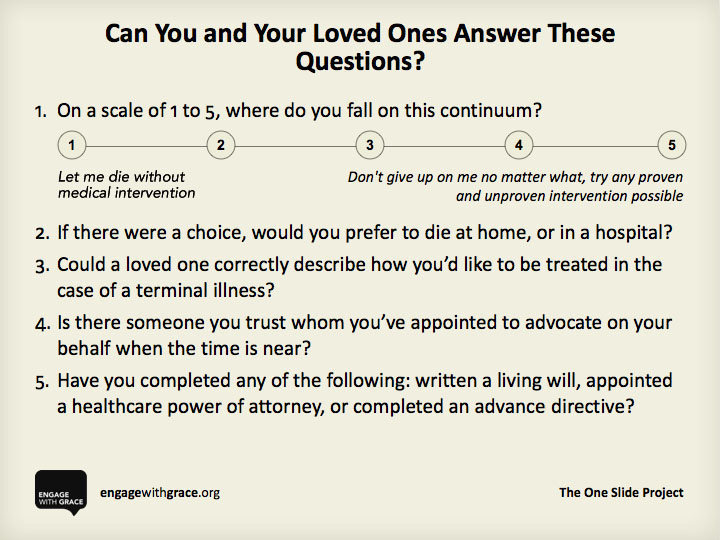Avery Johnson of the Wall Street Journal wrote an excellent explanatory article this week about accountable care organizations – ACO’s. They’re a potential spin out from the Health Care Reform Act which are about to begin taking shape within the U.S. healthcare system. The four hundred plus page proposal that was released this week is now being made available for comment, but those administrators and physicians who generally get the concept already are quietly pouring through the pages of this document to determine how it can become a part of their practices.
Donald Berwick, MD, Administrator of the Centers for Medicare and Medicaid Services stated that ACOs were brought into effect with three major aims which are better care for individuals, better health for populations, and slower growth in costs through improvements in care.
Scheduled to begin in January 2012, the primary goal of the ACO concept, not unlike other previous historical steps, such as PPO’s and HMO’s, is intended to extract about a billion dollars in costs from the existing Medicare system. Theoretically, this model is not without merit. Because most healthcare in the United States is still literally “a cottage industry,” simply having patient advocates help co-ordinate the care of those mega-users, the 18 Club of patients with nine physicians with whom they interact annually and nine different drugs that they take daily, should benefit tremendously. If these patients can be directed to avoid those unneeded duplications, millions could be saved.
The government outlined rules for how doctors and hospitals can organize into new businesses to reduce Medicare costs and improve care are at the heart of the accountable-care organizations. The new partnerships that could/should evolve from ACO’s would be aimed at controlling these costs. They would be structured to coordinate care and their reward would be to share financially in savings with the government if they could come in lower than expected. There is an alternative universe, however, where they would risk being penalized financially if they go over the anticipated costs.
There is no question that better synchronization of care could help to reduce both hospital readmissions and medical errors which in turn would produce Medicare savings. In line with this, one of the primary reasons that ACOs might not work is that some of the largest health insurers in the country, including Humana, United Healthcare and Cigna, already have announced plans to form their own ACOs. Insurers say they can play an important role in ACOs because they track and collect data on patients, which is critical for coordinating care and reporting on the results. As Jenny Gold quoted in her NPR report, “This could just be HMO in drag.” These partnerships of primary-care and specialists doctors with hospitals and clinics might help to produce a model that, although directed toward Medicare, could also have a positive impact on all of U.S. health-care.
Obviously, both hospitals and physicians are worried about ACO’s because they represent CHANGE, but it is common knowledge that if something is NOT DONE, our health care system will crash and burn. Think of this, providers would get paid more for keeping their patients healthy and out of the hospital. What a concept.


 He then challenged the other Boston hospitals to do the same. He was accused of self-aggrandizement, egomania, and numerous other witchcraft-like things, but the bottom line was that the number of infections went down, and they went down because the staff and employees wanted to do better and wanted them to go down.
He then challenged the other Boston hospitals to do the same. He was accused of self-aggrandizement, egomania, and numerous other witchcraft-like things, but the bottom line was that the number of infections went down, and they went down because the staff and employees wanted to do better and wanted them to go down.














